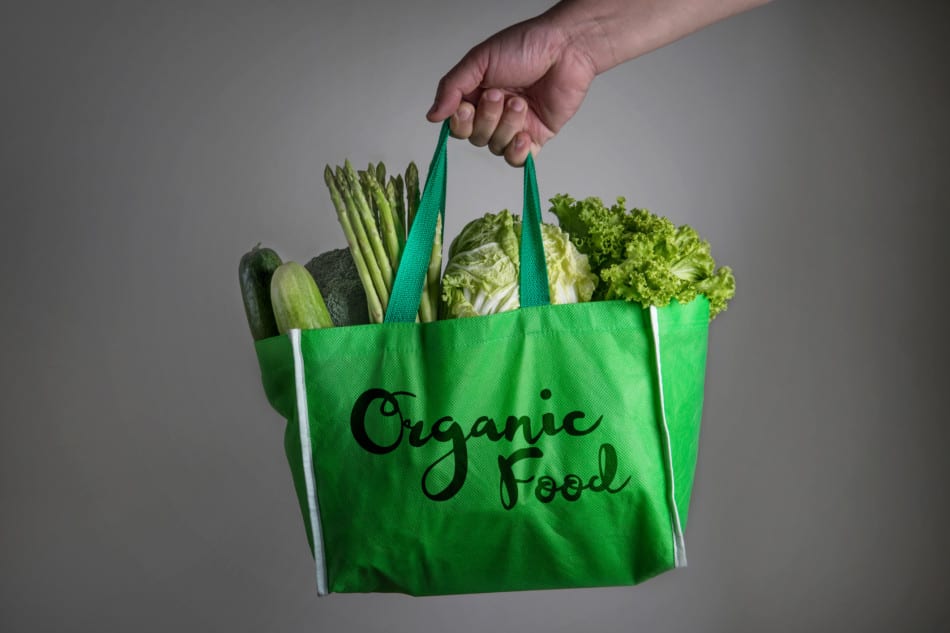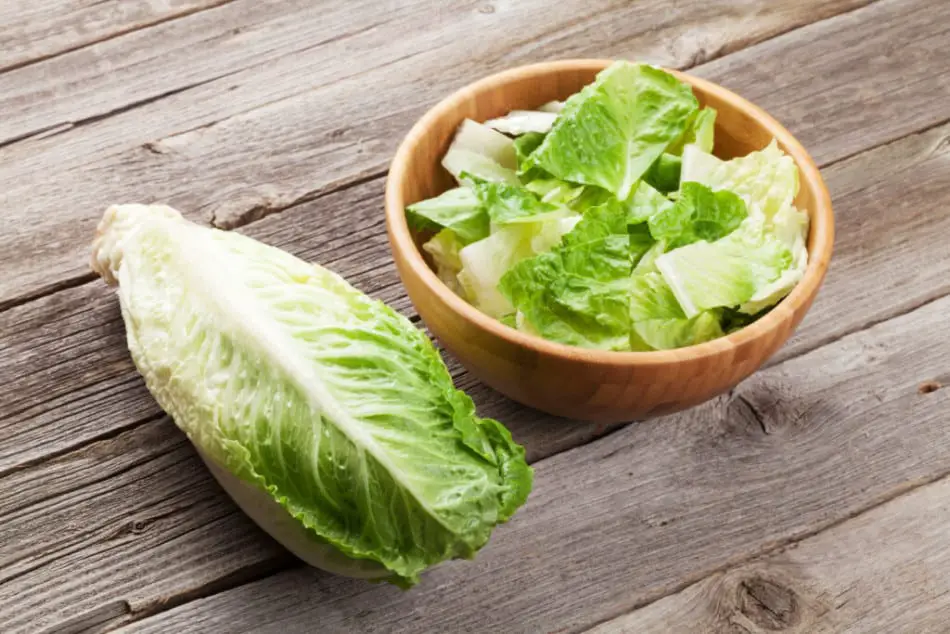
Vertical farming is on the rise, but many people wonder what the benefits of vertical farming are, or if there are any. Why is vertical farming healthier than traditional farming?
Vertical farming is healthier than traditional farming because the food that comes from vertical farming is pesticide and herbicide-free, fresh, more nutritious, doesn’t contain preservatives, and is less likely to be contaminated in various ways during the distribution process.
Now that you know a little bit about why vertical farming is healthier than traditional farming, you may be wondering exactly why food that is grown in a vertical farm is healthier than food grown in a traditional farm.
Food is Pesticides and Herbicides Free
Vertical farms are inside an enclosed environment so bugs and other pests are not able to get to the produce that they would normally devour if they came across it in a traditional farm. Because the bugs can’t get to the growing produce, there is no need to spray the produce with pesticides and herbicides.
Since the food growing in vertical farms is not sprayed with pesticides or herbicides, the food doesn’t have the chemicals. This means that when you eat food that is grown on a vertical farm, you are not ingesting harmful chemicals that are meant to keep away pests.
When people consume food that has been sprayed with pesticides and herbicides they can suffer from respiratory problems, memory disorders, skin conditions, depression, and many other conditions. If you are not eating food that has been sprayed with pesticides or herbicides that can cause these symptoms, you will overall be healthier, which means that vertical farming is a healthier alternative to traditional farming. (Source)
Food is Fresh Thus More Nutritious
Vertical farms can be put almost anywhere that is accessible to humans, which is very different from the places that traditional farming can be done. Traditional farming can only be done in large, open areas which limits the number of farms that can function and produce food. It also means that foods that need to be grown in certain environments are not fresh when they are sent to other areas where the food can’t be grown, like cities and cold-weather climates.
Fresh food is the best kind of food for people to eat because it has the most nutrition. However, food that comes from traditional farms is not always fresh. It takes at least a few days for harvested food to arrive at grocery stores, so when you purchase fruits and vegetables it has likely been at least 5 days since the food was harvested.
After 3 days, food loses 30% of its nutrients. This means that by the time you purchase fruit and vegetables at the grocery store, it has lost most of its nutrients, even if you purchase it the same day that the grocery store has set the food out to be sold. (Source)
Even frozen foods have lost some of their nutrients by the time they are frozen. (Source)
For seasonal fruits and vegetables, they are stored for months at a time which means that by the time you purchase many seasonal foods, they have lost the majority of the nutrients they are supposed to hold.
However, vertical farms can be located near large cities and towns, and seasonal produce can be grown year-round. This means that you can get fresh produce on the same day that it was harvested when it still has all of its nutrients.

Food Doesn’t Contain Preservatives
Since vertical farms can function in the cities and towns where the food is meant to go, there is no need to add preservatives to the produce, which is impossible with traditional farming.
Preservatives can be very harmful to humans when they are consumed because they can interfere with the hormones that we need to function. If there is no need for preservatives, then they won’t be added to our food and no harm will come to us. This means that vertical farming is healthier than traditional farming. (Source)
Healthier Crops Can Be Chosen to Grow
With traditional farming, only the foods that still look good enough to eat weeks after harvest are sent to grocery stores, and they are not necessarily the healthiest foods for us to eat. With vertical farming, we can eat the food right after it is harvested which means we can grow foods that will be healthy for us to eat rather than just the foods that still look good weeks afterward. Because of traditional farming methods, foods that are not easily bruised or harmed during transport are the ones mainly distributed. However, with vertical farming methods, we will not have to worry about transporting food, so we can grow the foods that are the healthiest for us to eat rather than tougher, less healthy foods.
Lower Risk of Food Contamination in the Food Supply Chain
 With traditional farming methods, the harvesting and food chain involves many different people including the farmers, food inspectors, and grocery store clerks. However, every person that touches the food brings new bacteria that can potentially harm us. With vertical farming, the farmer and the grocery store clerks would be the only ones that will come in contact with the food, which means that there are fewer potentially harmful bacteria that will come into contact with our food. This means that our families are less likely to become sick because of illnesses that they have come into contact with.
With traditional farming methods, the harvesting and food chain involves many different people including the farmers, food inspectors, and grocery store clerks. However, every person that touches the food brings new bacteria that can potentially harm us. With vertical farming, the farmer and the grocery store clerks would be the only ones that will come in contact with the food, which means that there are fewer potentially harmful bacteria that will come into contact with our food. This means that our families are less likely to become sick because of illnesses that they have come into contact with.
Environment Can Be Adjusted to Induce Healthier Nutrients in Plants
Much of the produce that is sold today is grown seasonally and cannot be grown at any other time because of environmental factors. However, if we use vertical farming rather than traditional farming, we can grow all seasonal foods all year-round, which means the food will be fresher. Because vertical farming is done in controlled environments, the farmers can make the light exposure that the plants receive consistent so they can be grown year-round.
With vertical farming methods, it is easy to pack the water and soil that is being given to the plants with nutrients, whereas it is very hard to do so with traditional farming methods. This means that the food being grown on a vertical farm is healthier than the food being grown on a traditional farm.
